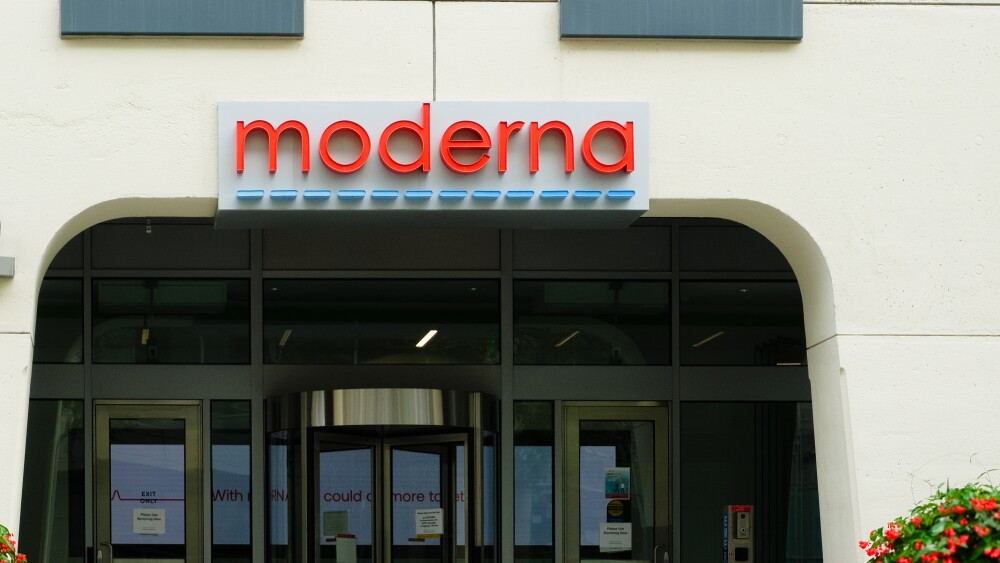March 5, 2015
By Riley McDermid, BioSpace.com Breaking News Sr. Editor
A new first-in-class molecule being developed by Oncoceutics could create a highly targeted, extremely efficient and convenient new therapy that could be fast-tracked for many hard to treat cancers, the company’s vice president of development told BioSpace this week, as investors continued to comb the market for promising early stage candidates.
“ONC201 is a ‘first-in-class molecule, which means its chemical structure is unique in the universe of chemicals ever synthesized or identified,” Joshua E. Allen, vice president of development for Oncoceutics, told BioSpace.
He said so far, in early stage trials, ONC201 appears to possess “the powerful effectiveness of modern anti-cancer agents” combined with an attractive safety profile that is superior to newer targeted therapies, which it achieves by being “highly selective” for cancer cells compared with normal cells.
“Another exciting element of ONC201 is that it is agnostic to resistance mechanisms that reduce the effectiveness of other therapies over time,” said Allen. Lastly, it can be conveniently administered orally in weekly or longer intervals, which is valuable, especially for end-stage patients.”
He said the timeline for the drug could be streamlined, with Phase I in solid and liquid tumors with ONC201 alone that have begun and will likely run until the end of 2015. Phase II trials will start in the second half of 2015 and run through 2016. Phase III programs directed towards a U.S. Food and Drug Administration (FDA) approval could be conducted in 2017 and 2018, depending on the tumor type and specific indication that is chosen for the first market introduction.
The company is targeting several unmet medical need indications, including refractory leukemias, lymphomas, and glioblastoma multiforme that may allow an expedited regulatory approval.
When asked if this drug be could be in one of the higher priced oncological categories, which can run patients and their insurers more than $100,000 per course of treatment, Allen said effective clinical trials could mean “competitive” pricing for the drug.
“It is difficult to talk about the pricing strategy at this point since we do not yet know the development program that is necessary for approval and market introduction of ONC201,” he said. “However, should the drug translate its promising preclinical profile into clinical settings, the broad utility of the drug and the fact that it is a small molecule with a streamlined manufacturing process may allow for attractive and competitive pricing.”
But because “oncology is a hot field” with many recent market introductions and drugs in development that show promise to become valuable therapies, Allen said time will tell how well the drug stacks up, though early signs are promising. “In the areas that we are initially targeting, mostly hematological diseases, a series of new technologies may play competitive roles,” he said, including novel monoclonal antibodies, mutation-specific kinase inhibitors and immuno-oncology concepts such as bi-functional antibodies, checkpoint inhibitors and cell-based therapies.
“Despite impressive responses, some of these therapies tend to only work for a subset of patients, and many patients with recurring disease often cannot tolerate the significant toxicities that can accompany treatment,” said Allen. Also, for young patients who doctors seek to spare from debilitating toxicities and the risk of secondary cancers, less toxic therapies such as ONC201 could be very attractive.”
He pointed out that many cancers remain without “meaningful” treatments, including glioblastoma multiforme, a highly resistant intracranial tumor that withstands aggressive therapeutic remedies and progresses quickly to spread throughout the brain. “ONC201 seems to have very robust and reproducible efficacy in this tumor type,” he said.
BioSpace Temperature Poll
Last week controversy erupted over the compensation package for Sanofi’s new CEO, Olivier Brandicourt, with several French government officials decrying the amount, calling it “incomprehensible.” Brandicourt could walk off with as much as $4.5 million in a “golden handshake” payment in addition to making $4.76 million a year. That base figure is comprised by a fixed annual salary of $1.36 million a year, which is supplemented by a performance-related bonus of between 150 to 250 percent, as well as stock options and performance shares.
So BioSpace wants your opinion, what do you think?





